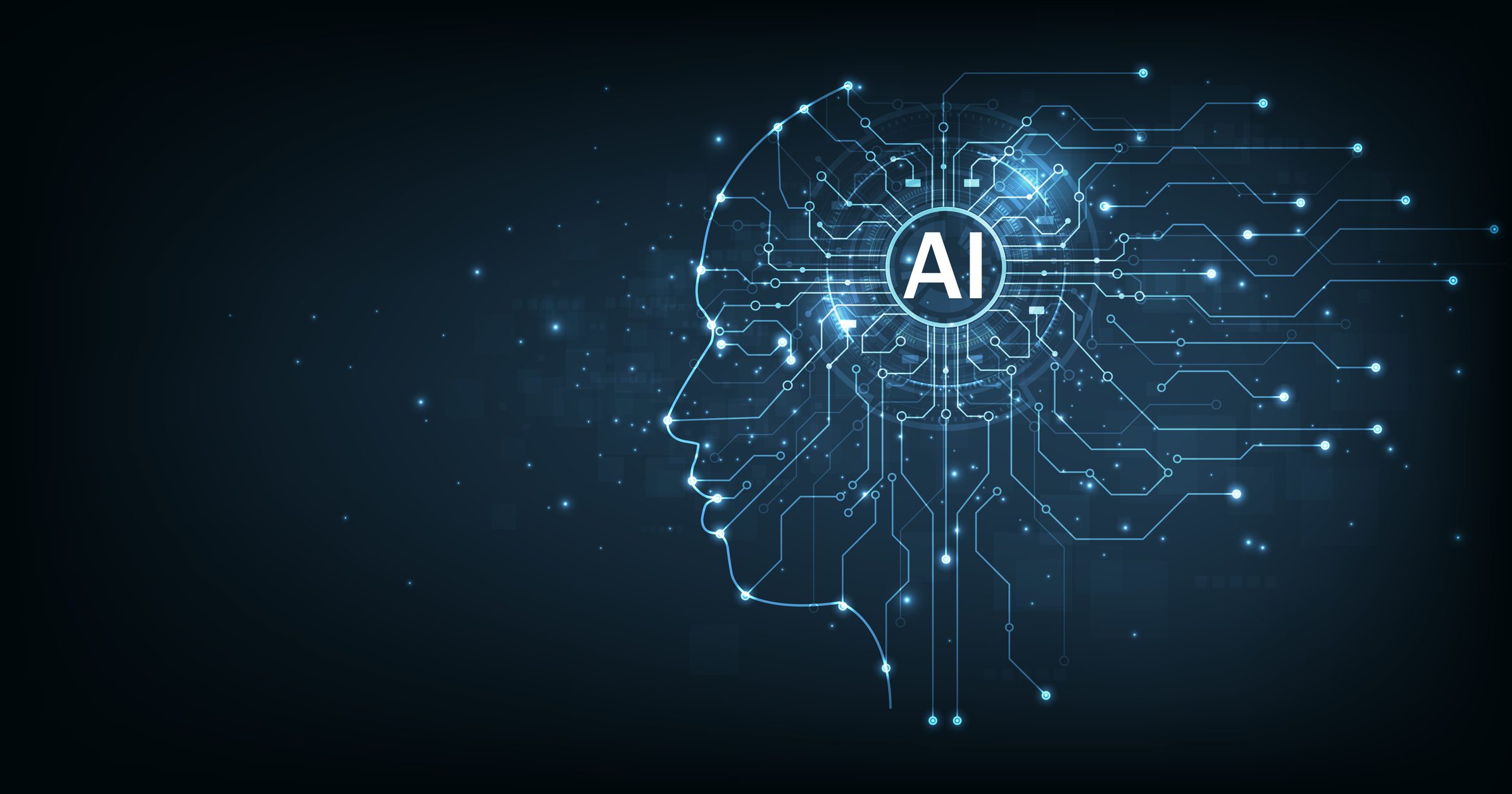With recent advances in artificial intelligence (AI), there has been discussion around the world as to whether innovations assisted by AI are (or even should be!) patentable. Following legal challenges and questions, including the widely reported DABUS saga (see our previous bulletins here, here and here), the US Patent and Trademark Office (US PTO) have issued new Guidance on the patentability of AI-assisted innovations.
At present, US law requires human inventors who must sign an oath or declaration identifying themselves as the inventor(s). Lack of a human inventor is currently seen as fatal to a US patent application. As such, an invention wholly devised by an AI seems formally unpatentable in the US.
However, this does not answer the question of whether the patenting of AI-assisted innovations is possible. It may be possible to patent an innovation created by a human using an AI system. In particular, the US PTO recognizes that while an AI system may not be named an inventor or joint inventor in a patent or patent application, an AI system—like other tools—may perform acts that, if performed by a human, could constitute inventorship. What is required for patentability, at least in the US, is that there is a human who contributed significantly to the invention (irrespective of whether an AI system also contributed significantly to the invention).
The question is then, what constitutes a ‘significant’ human contribution. The US PTO have provided some guiding principles here, which will likely be developed over time as they run against practical situations.
For example, the US PTO have stated that merely recognizing a problem or having a general goal or research plan may not be enough. Similarly, simply owning or overseeing an AI system used in the creation of an innovation is unlikely to amount to inventorship.
Nonetheless, the US PTO acknowledge that a significant human contribution may be shown by how the human frames a prompt for a particular problem to the AI system to elicit particular response. As such, prompt engineering seems to be something that could be patentable at the US PTO. Moreover, the US PTO have acknowledged that a significant human contribution may arise from designing, building, or training an AI system or even conducting a successful experiment using the AI system. As such, it appears that the US PTO may be prepared to acknowledge human inventorship even for inventions derived with significant AI assistance. This may reflect the US PTO’s goal of keeping the patent system relevant and in demand as technology advances in this sphere.
Given the ubiquity of the AI and patentability debate, it seems likely that other patent offices will issue specific guidance on AI-assisted innovations (and the requirements for human inventorship in such cases) in due course. Whether this guidance will follow the US PTO approach remains to be seen. As ever, we will keep you updated as and when developments occur.



